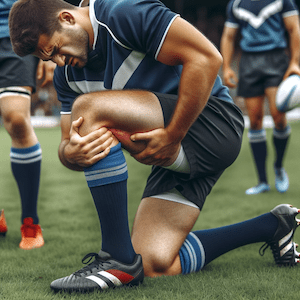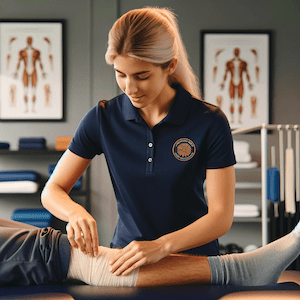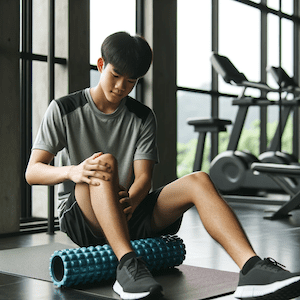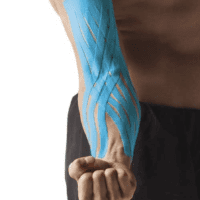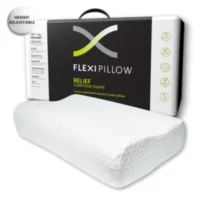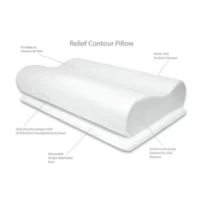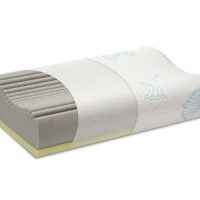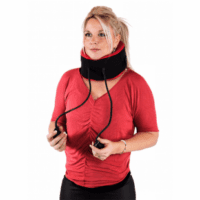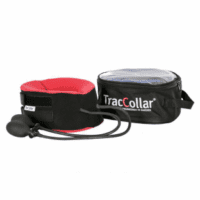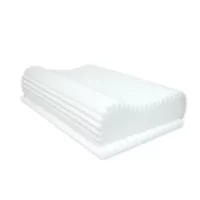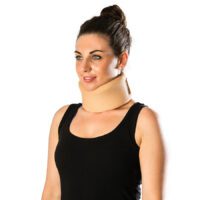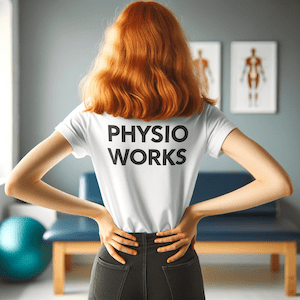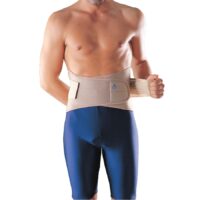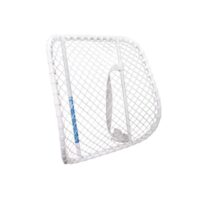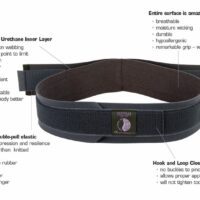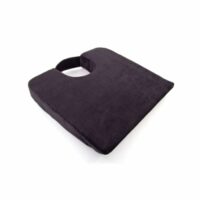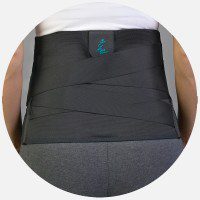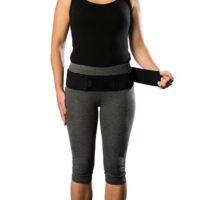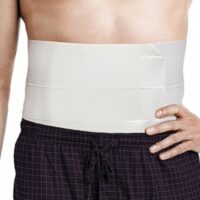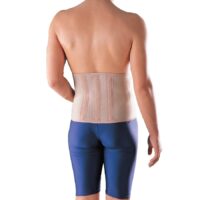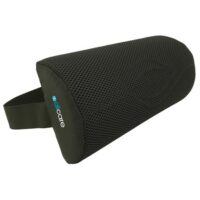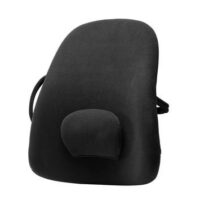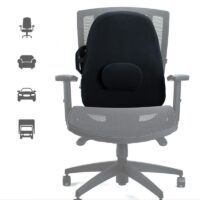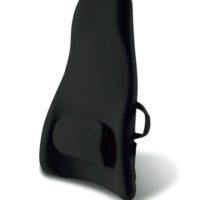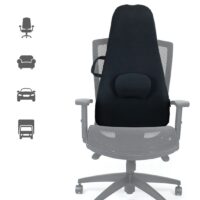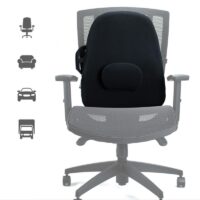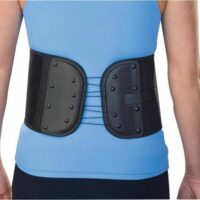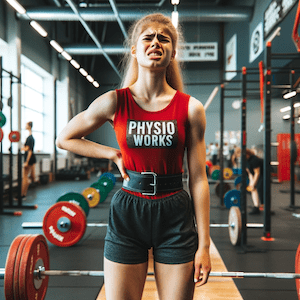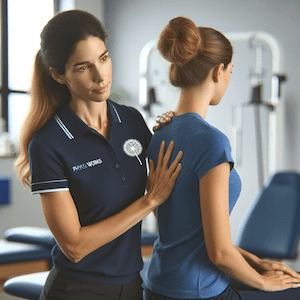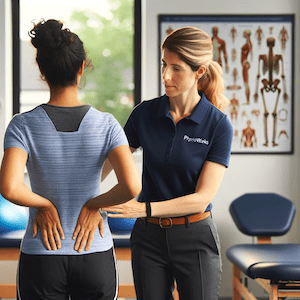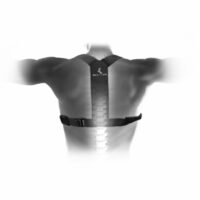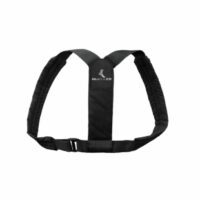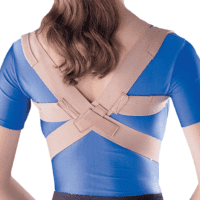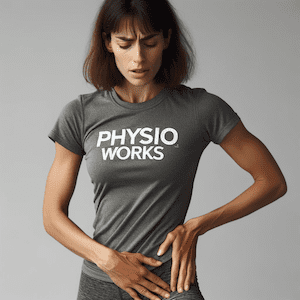Understanding Physiotherapy Consultation Fees

Navigating Costs in Physiotherapy
Seeking physiotherapy care involves understanding various aspects, including the associated costs. At PhysioWorks, we prioritise your health while being mindful of the financial aspects of your care. Our approach to consultation fees is designed to accommodate your unique needs and budget.
Varied Expertise, Tailored Fee Structure
Our team comprises physiotherapists with diverse levels of expertise, education, and special interests. Recognising that each patient's requirements are different, we've structured our fees to reflect the varied experiences and specialisations of our physiotherapists. This flexible fee structure ensures that you can select a service that aligns with both your medical needs and your budget.
Affordable Solutions and Insurance Options
We strive to provide cost-effective solutions for your physiotherapy needs. You have the freedom to choose a practitioner whose expertise best suits your condition, ensuring a personalised and budget-friendly approach to your treatment. Furthermore, we support various payment options, including private health insurance, worker injuries compensation, and Medicare rebates. Our reception team is always ready to guide you through these options and help determine your eligibility for any rebates.
Support for Pensioners and Healthcare Card Holders
Understanding the financial constraints that pensioners and healthcare cardholders may face, PhysioWorks extends special discounts on consultation fees. We encourage you to contact your nearest clinic to learn more about these concessions.
Seamless Payment Process
We value your convenience, hence we accept payments during your consultation. Our payment methods include cash, Hicaps, and credit card transactions. If you have questions regarding our fee structure or payment methods, our reception team is readily available to assist you.
The Role of Physiotherapy: A Practitioner's Perspective
Physiotherapy plays a crucial role in managing a range of health conditions. From injury recovery to chronic pain management, physiotherapists employ various techniques to aid your body's natural healing process. As practitioners, we focus on diagnosing physical abnormalities, restoring physical function, maintaining physical function, and promoting physical activity and proper function.
Staying Informed: Latest Research and Developments
Staying abreast of the latest research is crucial in physiotherapy. Recent studies have highlighted the effectiveness of tailored physiotherapy programmes in managing specific conditions like back pain, arthritis, and sports injuries. Incorporating new techniques and therapies, such as dry needling and hydrotherapy, has shown promising results in enhancing patient recovery.
What to Do? Seeking Professional Advice
If you're considering physiotherapy, it's important to seek professional advice. Consulting a physiotherapist can provide you with a tailored assessment and treatment plan suited to your specific needs. We encourage you to visit PhysioWorks for a consultation, where we can discuss your condition and explore the best treatment options available for you.
Conclusion
At PhysioWorks, we are committed to providing high-quality physiotherapy services while being mindful of the financial aspects of your care. Our diverse team of experienced practitioners, coupled with a flexible fee structure and various payment options, ensures that you receive the best possible care tailored to your needs and budget.
Remember, your journey to better health starts with a single step. Contact us to learn more about how we can assist you in achieving your health goals.


